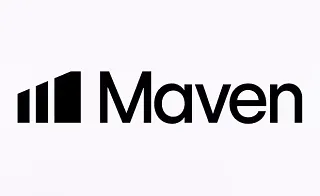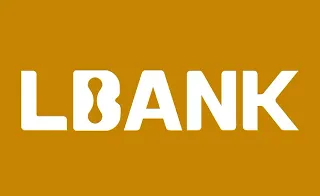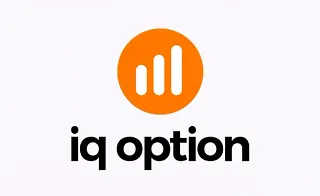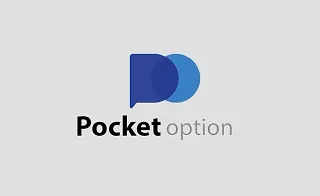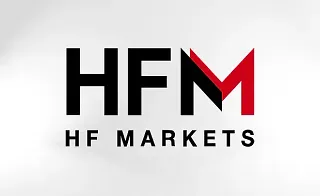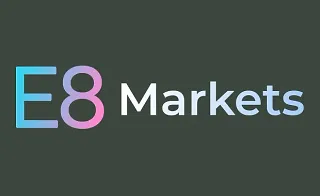Futures contracts are tools for trading and speculation or risk hedging; futures contracts allow retail traders and large companies to manage the risk of price increases or decreases by fixing prices in the future.
Additionally, futures contract data is used to predict market sentiment or trends in financial markets.
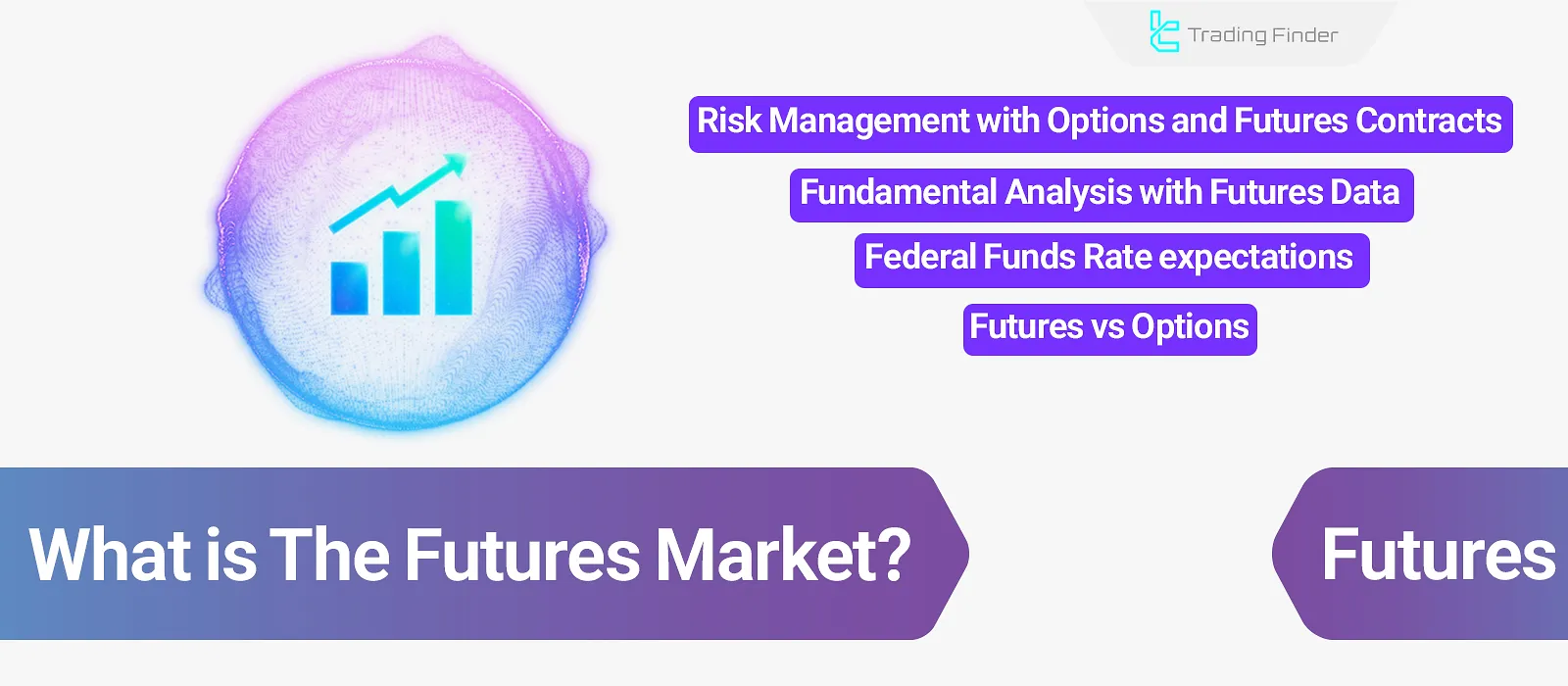
Introduction to Futures Contracts and the Futures Market
Futures is a financial market that futures contracts (contracts for buying and selling assets such as commodities, Forex market, stocks, or indices) are traded.
What is a Futures Contract?
A futures contract is an agreement between a buyer and a seller to trade a specific asset at a predetermined price on a maturity date; entering into this contract involves costs such as initial margin, transaction fees, and maintenance margin:
- Initial Margin: The initial margin, paid as collateral to enter the contract, is typically 2% to 10% of the contract value and is refunded upon sale or maturity;
- Transaction Commission: The broker's fee for executing the contract, may be fixed or vary based on transaction volume;
- Maintenance Margin: This amount must be maintained in the account to keep the contract open and is usually less than the initial margin;
Futures contracts are used for risk management, hedging, and speculation (trading).
What is the Futures Trading Market?
In the futures trading market, futures contracts are traded; since there is no obligation to hold the contract until maturity, the trader can sell the contract before the maturity date in the futures market; in this case, the trader's profit or loss will be equal to the change in the contract's value.
Example of Futures Trading
A futures contract for trading 100 barrels of oil at a price of $50 is valued at $5,000. If the oil price rises to $60, the contract's value increases to $6,000. In this situation, if the trader sells the contract, they will gain a profit of $1,000 (the difference in contract value).
Difference Between Futures Contracts and Futures Trading
A futures contract is an agreement between a buyer and a seller to trade an asset at a specific date at a predetermined price. However, in "futures trading", futures contracts are traded.
Features and Benefits of the Futures Market
Hedging (risk management), the use of leverage, two-way trading, and diverse markets are attractive features of the futures market.
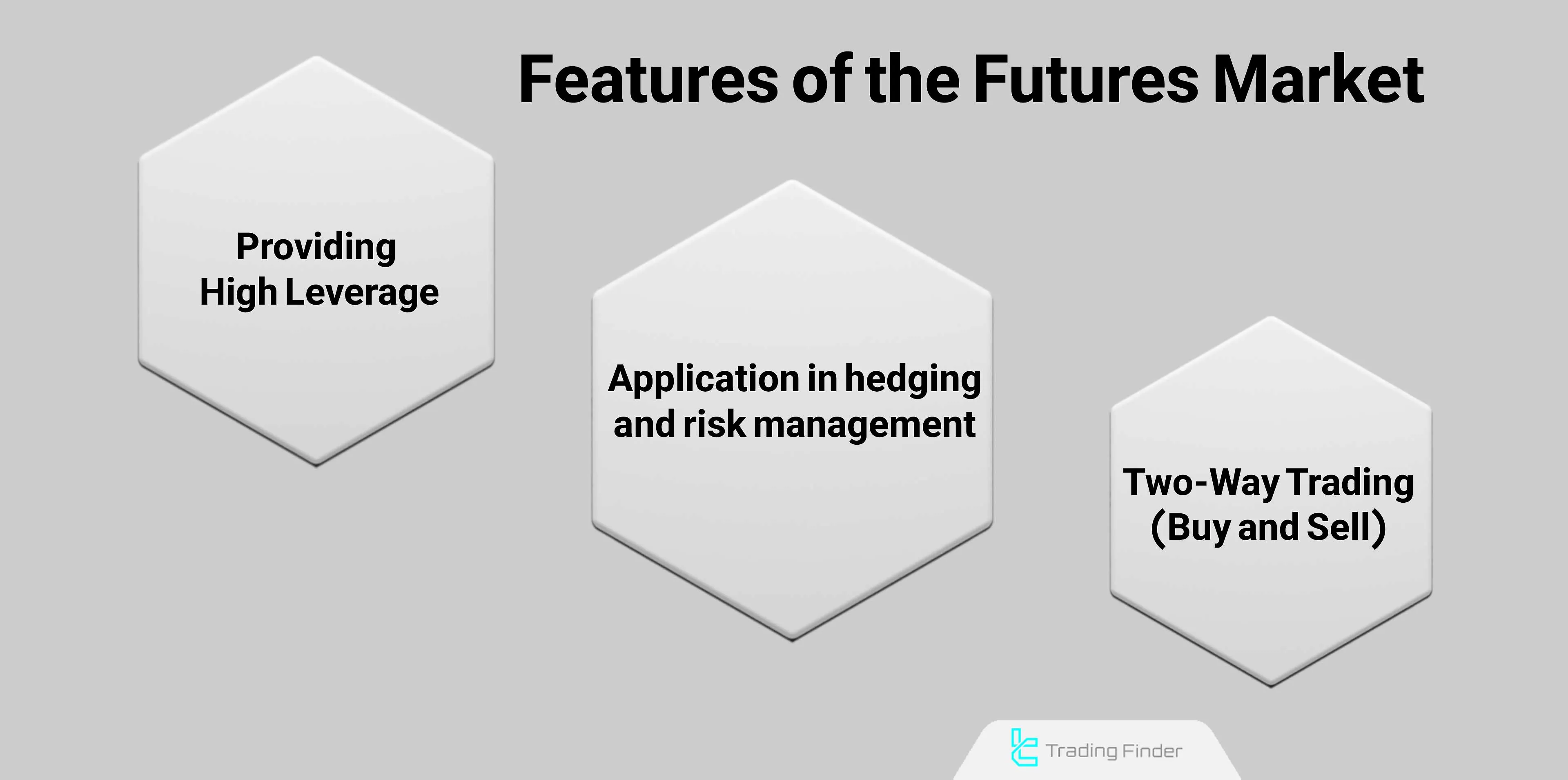
Features of the futures market:
- Use in Hedging and Risk Control: Risk control is a key feature of the futures market, allowing producers to lock in prices for selling products or buying raw materials to avoid price fluctuations;
- High Leverage: In futures trading, traders can use leverage to gain more funds;
- Two-Way Trading: Futures trading also allows selling; for instance, an oil company can agree to sell its product on a specific date at a predetermined price.
Which Markets Offer Futures Trading?
Futures trading takes place in regulated exchanges, and centrally; approved stock exchanges are responsible for regulating and supervising trading. The most famous futures trading exchanges:
- Chicago Mercantile Exchange (CME): This exchange is located in the United States and has a large volume of trading and liquidity; in CME, futures contracts for commodities, currency pairs, stocks, interest rates, and energy products are traded;
- Intercontinental Exchange (ICE): An international market known for agricultural product futures;
- Eurex: The futures market for European stock indices and interest rates;
- London Metal Exchange (LME): The global market for metal futures;
- Singapore Exchange (SGX): The futures market for Asian indices located in Singapore; interest rate, commodity, and metal contracts are also traded on the Singapore International Exchange.
Application of Futures Contracts in Hedging and Risk Management
Futures contracts are widely used in hedging and risk control due to their feature of fixing prices at a specific future date.
For example, a producer has a specific prediction about the increase in oil prices in the next three months; in such a situation, this producer can hedge against the risk (risk of price increase) by entering into a futures contract to buy oil at the current price with a maturity of three months.
At maturity, if the price of oil increases, they profit, and if it decreases, they lose; because the execution of the contract at maturity is mandatory.
Difference Between Futures Contracts and Options
The most important difference between futures contracts and options is whether the trade is mandatory or optional at maturity. Key differences between futures and options:
Feature | Futures Contract | Options Contract |
Risk | High (depending on price fluctuations) | Lower, limited to premium cost |
Execution at Maturity | Mandatory | Optional |
Upfront Payment | Initial margin (usually lower than premium cost) | Premium cost (usually higher than initial margin) |
Trading Volume | Usually higher | Usually lower |
Flexibility | Limited | Higher |
Application of Futures Contracts in Market Analysis
Tracking futures trading data in fundamental analysis has a wide range of applications in predicting market expectations for interest rates and commodity prices.
Predicting Interest Rates Based on Futures Contracts
For example, expectations for changes in US interest rates are published on the CME website and are derived from Federal Reserve interest rate futures contract data. The market's expected interest rate is calculated using the following formula:
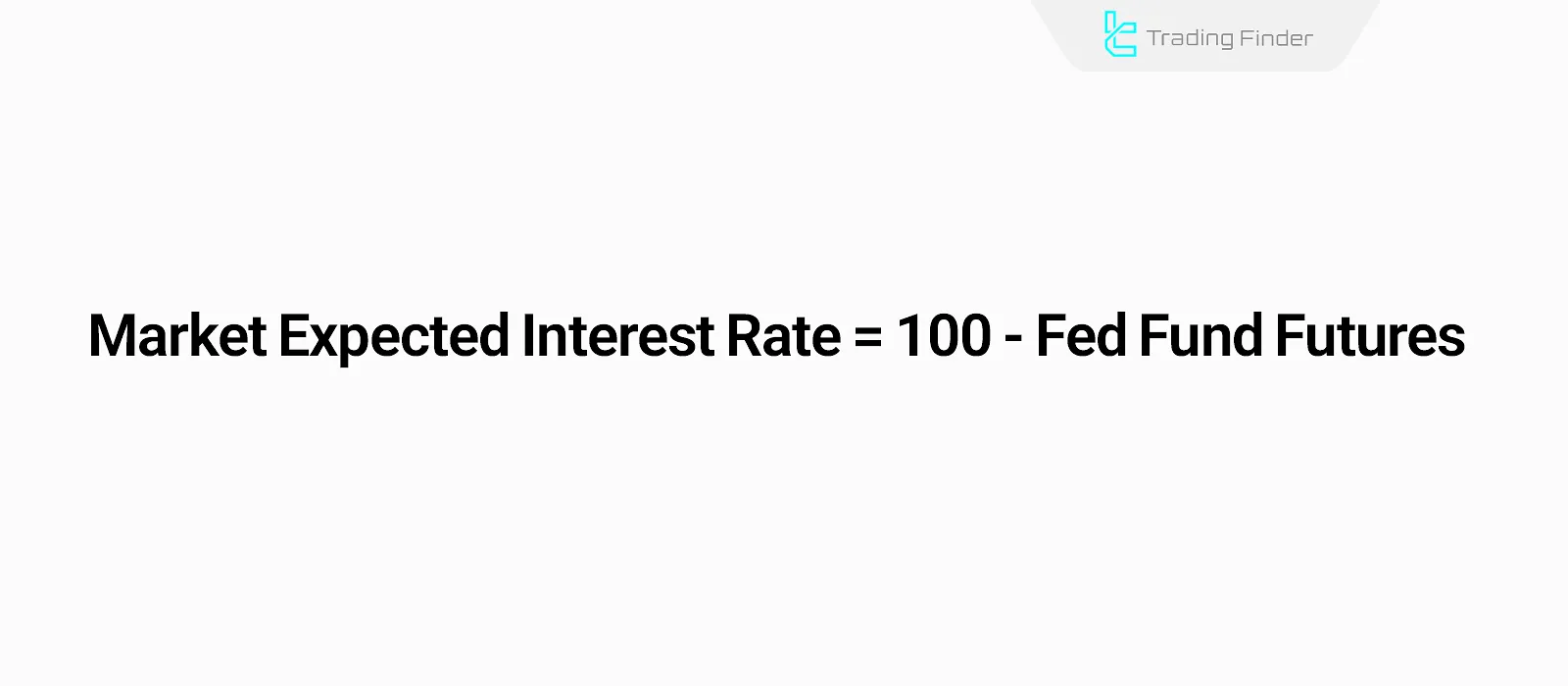
Identifying Supply and Demand Levels Using Futures Data
Futures market data can be used to predict supply and demand levels, as at maturity, the product or asset in question is traded at the predetermined price.
If there is a large volume of contracts at a specific price level at maturity, it can be concluded that there is a significant amount of supply or demand at that level.
Conclusion
The futures market offers an attractive platform for trading or hedging with features such as price fixing in the future and the ability to sell before maturity.
Additionally, analysts identify key supply and demand levels by tracking the maturity of options and futures contracts.
